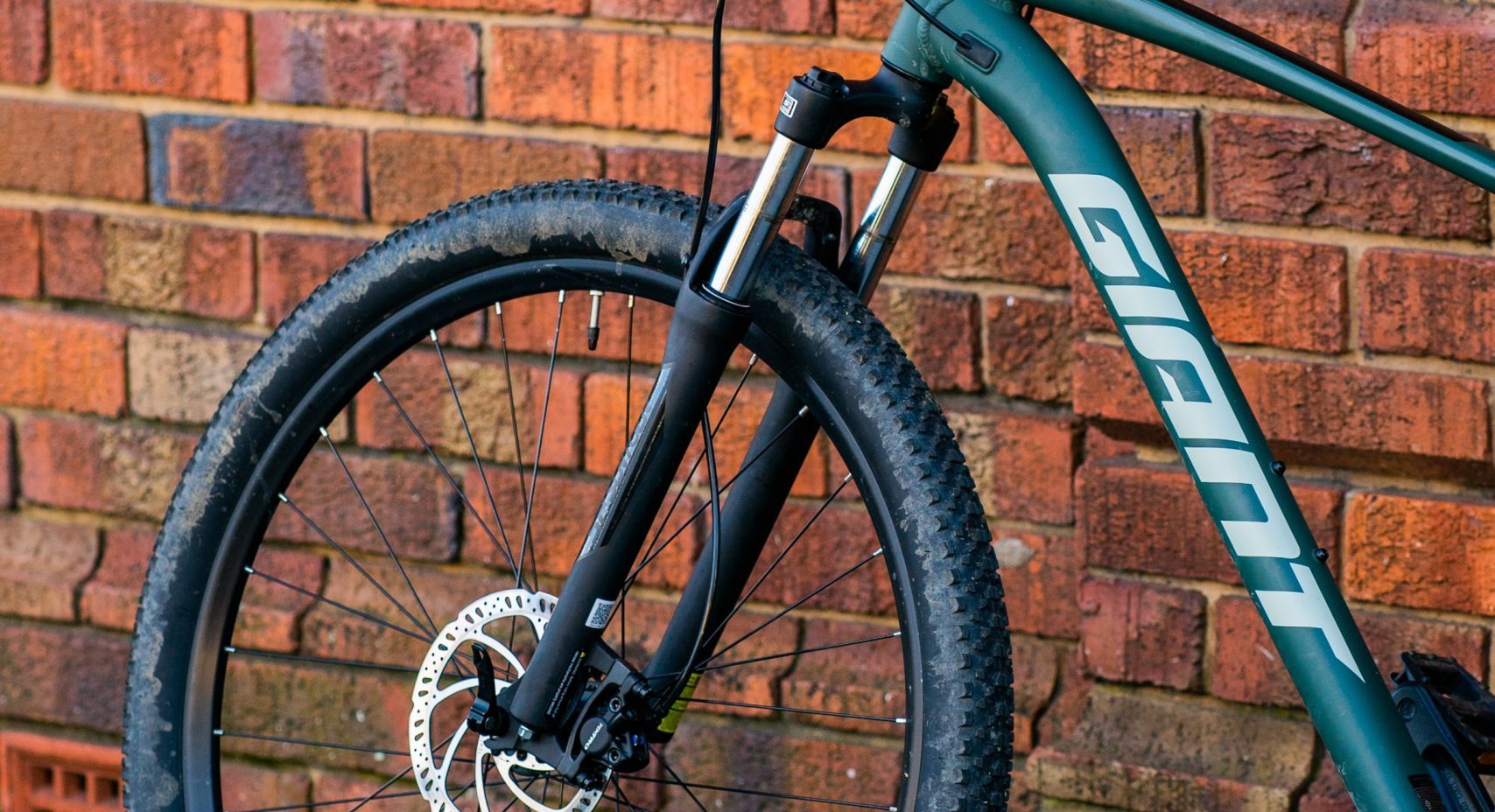One of the great things about mountain bikes is the ability to upgrade components over time. As your skills progress, you may want more responsive suspension forks up front. But with so many fork varieties available, can you simply swap in a new model easily? Let’s examine key factors determining cross-compatibility.
Fork Standards and Wheel Sizes
Modern mountain bikes utilize forks designed explicitly around either 27.5” or 29” wheel diameters. Some downhill and enduro models even adopt longer travel 26” forks still. Ensure any fork replacement matches your bike’s front wheel size properly for things to align.
You also need identical hub spacing on new forks to match existing hubs and frames. Common mountain bike hub widths are 15x100mm and 15x110mm for Boost. The axle designs must match as well, with options for quick release skewers, 15mm thru axles, or 20mm thru axles being common.
Finally, make sure the fork’s steerer tube diameter fits your bike’s headtube size, usually either 1 1/8” or tapered 1 1/8” to 1 1/2″. So measure all these parameters first before assuming fork universal compatibility across bikes.
Travel Considerations
Suspension fork travel determines how far they compress to absorb impacts. More travel enables hitting bigger hits at speed. Cross country bikes often have 100-120mm forks while trail/enduro rigs run 140-170mm typically. Downhill bikes reach 200mm plus.
You can upgrade to longer travel forks on some bikes safely. Just avoid too drastic a change as that alters frame geometry and weight distribution drastically. And the frame must have sufficient tire clearance and suspension performance to handle huge fork travel increases as well.
Conversely, decreasing travel too much risks a cramped front end and steeper angles that compromise handling. So stick with ≈20mm fork travel changes up or down at most to retain bike geometry properly. Any more requires evaluating modifications to frames, stems, bars etc.
Brake Compatibility Concerns
Disc brakes continue growing in popularity across mountain biking, eclipsing rim brakes now. But not all forks play nicely with various brake systems. This mainly comes down to caliper mounts and rotor size compatibility.
Most modern forks adopt universal Post Mount standards for bolt-on disc calipers. But some still use International Standard mounts instead. The two are not cross compatible at all. So ensure your fork and brakes use the same mounting system before swapping hardware.
Likewise, fork rotor sizes must match your brake system’s rotors. Downhill and enduro bikes often run massive 203mm rotors while cross country and trail bikes stick to 160-180mm sizes typically. You want identical sizing for optimal power and modulation.
Axle-to-Crown Measurements
The axle-to-crown (A2C) length is the linear distance between a fork’s hub axle center to the steering crown top. This number factors heavily into a bike’s geometry including trail, head angle, BB height and more.
Most fork manufacturers provide A2C specifications for each model. Compare your current fork’s A2C to potential replacement units during upgrade considerations. Matching lengths help retain intrinsic bike handling traits through fork swaps later on.
Some suspension forks allow travel adjustments that modify effective A2C heights. You can tweak pressures to fine tune geometry within ≈10mm often if the frame has room. Exceeding that risks odd handling and pedal/tire clearance though. Consider all geometry impacts when fork shopping.
Intended Use Case Compatibility
Fork manufacturers divide offerings into cross country, trail, enduro, and downhill categories generally. Each subset provides specific performance tuning, construction materials, and features accordingly. These factors make them best suited to certain riding conditions.
For example, swapping lightweight XC forks meant for smooth singletrack onto aggressive enduro bikes risks durability issues and inadequate damping for big hits. The inverse limits cross country responsiveness also.
While some overlap exists like longer travel trail/enduro forks, use case compatibility assists with overall bike handling cohesion. Adding downhill forks to most frames proves unbalanced and extreme. So keep intended fork application within reason compared to how the bike gets ridden.
Other Fork Considerations
Beyond the major factors above impacting fork swap compatibility, a few other details are worth mentioning:
- Steerer tube length must extend high enough through frames for stem clamping
- Crown clearance from tires and fenders
- Fender and rack mounts if needed
- Axle compatibility with existing wheel hubs
- Steer tube and brake hose routing accommodations
Test fitting prospective fork options when possible reveals potential issues getting everything situated properly. Don’t assume universal fork compatibility without verifying all aspects align mechanically and geometrically first.
Boosting Fork Upgrade Potential
Some modern bike frames add flexibility accepting longer travel forks thanks to design elements like:
- Angle adjusting headsets
- Suspension corrected geometries
- Interchangeable dropout chips
- Frame extension inserts
These specialized features help adapt twitchier head angles, raised bottom brackets, and slack seat tubes when swapping longer travel forks. The adjustments retain proper bike handling characteristics better. But the frames must already accommodate the capability from the factory.
Carefully check your bike’s specifications if considering longer travel fork upgrades. Without modification potential already built-in, radical fork changes alter things too extremely in most cases. Stick closer to OEM specs for compatibility.
Professional Fork Installation
While swapping forks may seem straightforward, correctly installing and integrating them mechanically and safely requires precision and experience. Often additional parts are needed as well like longer brake hoses and cables, threadless headset adapters, axle spacers, etc.
So unless you’re an avid home bike mechanic already well equipped for complete fork upgrades, have a professional bike shop handle the installs. Paying a bit for expert fitting, adjustment, and testing ensures everything functions reliably afterwards. It also safeguards expensive frame and fork components from accidental damage too.
Take Care Upgrading Forks
Before getting fork upgrade fever, critically assess if your current frame can accept modern longer travel models without compromising handling. Carefully match all specifications and geometry to avoid compatibility issues or poor performance. Consider professional installation for best results.
With the right homework and components selected, upgraded forks can modernize most mountain bikes considerably. Just take an informed, conservative approach respecting original bike limitations to prevent problems. Then enjoy the thrill of enhanced suspension capabilities dialed specifically for you!






